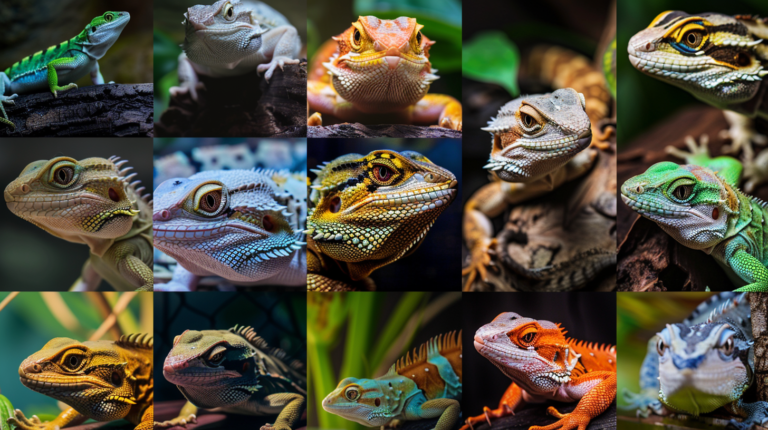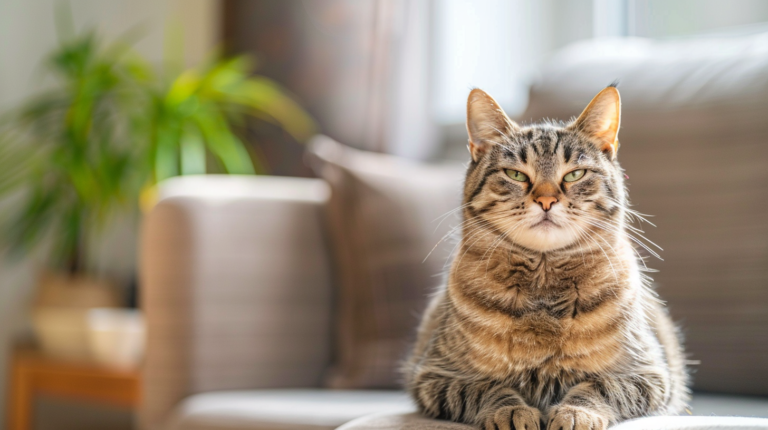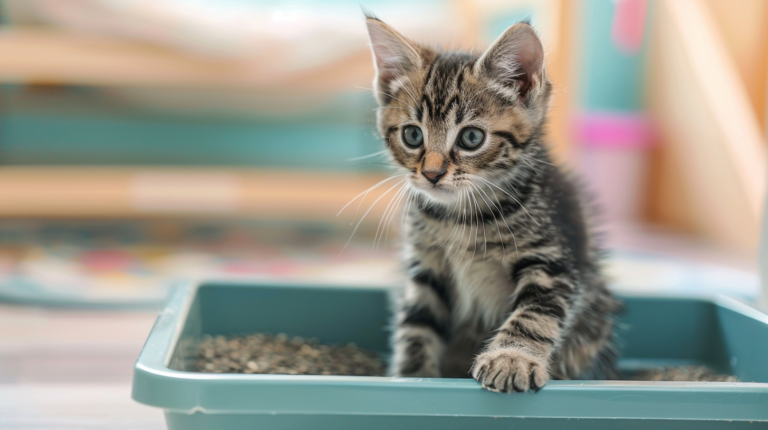Discover the 4 essential dog bowl features every pet owner needs. Expert guide to choosing durable, safe dog bowls for healthier feeding habits and happier pets.
Table of Contents
Did you know that the average dog eats from their bowl over 700 times per year? Yet most pet owners spend less than five minutes choosing this essential piece of equipment. The wrong dog bowl can lead to digestive issues, behavioral problems, and even serious health complications. After consulting with veterinary nutritionists and analyzing feeding patterns across thousands of dogs, we’ve identified the four non-negotiable features that separate a basic dog bowl from a perfect one.
Choosing the right dog bowl isn’t just about aesthetics—it’s about your dog’s health, comfort, and long-term wellbeing. Whether you’re a first-time pet owner or looking to upgrade your current setup, understanding these essential features will help you make an informed decision that benefits both you and your furry companion.
The Science Behind Proper Dog Bowl Selection
Before diving into specific features, it’s crucial to understand why your dog bowl choice matters so much. Dr. Sarah Martinez, a veterinary nutritionist at the American Animal Hospital Association, explains: “The bowl your dog eats from affects everything from their posture during meals to their risk of developing bloat, a potentially fatal condition.”
Research published in the Journal of Veterinary Behavior found that dogs eating from inappropriate bowls showed increased signs of stress and took 23% longer to finish their meals. This isn’t just about comfort—it’s about creating optimal conditions for digestion and preventing food-related anxiety.
Feature #1: Material Safety and Durability
Stainless Steel: The Gold Standard
When it comes to dog bowl materials, stainless steel consistently ranks as the top choice among veterinarians and pet nutrition experts. Food-grade stainless steel offers unmatched durability and safety benefits that make it worth the investment.
Why Stainless Steel Excels:
- Non-porous surface prevents bacterial growth
- Dishwasher safe for thorough sanitization
- Resistant to scratches that can harbor germs
- Won’t absorb odors or flavors from food
- Virtually indestructible with proper care
A study conducted by the Pet Food Institute found that stainless steel bowls maintained 99.9% bacterial resistance even after two years of regular use, compared to plastic bowls which showed significant bacterial colonization after just six months.
Ceramic: A Close Second with Considerations
High-quality ceramic bowls offer excellent durability and aesthetic appeal. However, they require careful selection to ensure safety.
Ceramic Bowl Requirements:
- Lead-free glaze certification
- Chip-resistant construction
- Proper weight distribution
- Food-safe manufacturing standards
Materials to Avoid
Plastic Bowls: Hidden Dangers Despite their popularity and low cost, plastic bowls present several health risks:
- Porous surface harbors bacteria
- Chemical leaching concerns, especially with heat
- Scratch easily, creating bacterial breeding grounds
- Can cause contact dermatitis in sensitive dogs
Aluminum Bowls: Oxidation Issues While lightweight, aluminum bowls can oxidize over time, potentially affecting food quality and taste.
Feature #2: Appropriate Size and Depth
Getting the Dimensions Right
The size of your dog bowl directly impacts your pet’s eating experience and health. A bowl that’s too small causes frustration and messy eating, while one that’s too large can lead to overeating and bloat.
Size Guidelines by Dog Weight:
- Small breeds (under 25 lbs): 1-2 cup capacity
- Medium breeds (25-60 lbs): 2-4 cup capacity
- Large breeds (60-100 lbs): 4-6 cup capacity
- Giant breeds (over 100 lbs): 6-8 cup capacity
The Depth Factor
Bowl depth is equally important as diameter. Dogs with longer snouts (like Collies) need deeper bowls, while flat-faced breeds (like Bulldogs) require shallow, wide bowls for comfortable eating.
Depth Recommendations:
- Flat-faced breeds: 2-3 inches deep
- Medium snout breeds: 3-4 inches deep
- Long snout breeds: 4-5 inches deep
Dr. Jennifer Walsh, a veterinary behaviorist, notes: “I’ve seen countless cases of eating anxiety that were resolved simply by switching to an appropriately sized bowl. The right dimensions can transform mealtime from a stressful event into a pleasant experience.”
Feature #3: Stability and Anti-Slip Design
The Problem with Sliding Bowls
A bowl that slides across the floor during meals creates multiple problems:
- Spills food and water, creating mess
- Causes eating anxiety and stress
- Reduces eating efficiency
- Can lead to gulping and digestive issues
Effective Stability Solutions
Weighted Bases Bowls with weighted bases provide natural stability through physics. Look for bowls with at least 20% of their weight in the base.
Rubber Bottoms High-quality rubber rings or complete rubber bottoms create excellent grip on various floor surfaces. Ensure the rubber is food-safe and removable for cleaning.
Non-Slip Mats Silicone feeding mats serve dual purposes: they keep bowls in place and protect floors from spills. The best mats feature raised edges to contain water and food.
Testing Bowl Stability
Before purchasing, check these stability factors:
- Center of gravity when empty and full
- Grip quality on different surfaces
- Ease of cleaning anti-slip elements
- Durability of stability features
Feature #4: Easy Cleaning and Maintenance
The Hygiene Imperative
Proper bowl hygiene prevents bacterial growth, reduces odors, and maintains your dog’s health. The American Veterinary Medical Association recommends daily cleaning for food bowls and every few days for water bowls.
Design Features for Easy Cleaning
Smooth Surfaces Bowls with completely smooth interior surfaces clean more easily and thoroughly. Avoid bowls with decorative ridges or patterns on the inside.
Dishwasher Compatibility Top-rack dishwasher safe bowls ensure thorough sanitization at appropriate temperatures. Look for bowls rated for temperatures up to 200°F.
Removable Components Bowls with removable anti-slip rings or decorative elements allow for more thorough cleaning of all surfaces.
Maintenance Best Practices
Daily Cleaning Protocol:
- Remove all food residue immediately after meals
- Wash with hot, soapy water
- Rinse thoroughly to remove soap residue
- Air dry completely before refilling
Weekly Deep Clean:
- Soak in diluted bleach solution (1:10 ratio)
- Scrub with bottle brush for thorough cleaning
- Rinse extensively
- Sanitize in dishwasher if applicable
Common Dog Bowl Mistakes to Avoid
Mistake #1: Choosing Based on Price Alone
While budget considerations are important, the cheapest option often costs more in the long run due to replacement needs and potential health issues.
Mistake #2: Ignoring Your Dog’s Eating Style
Fast eaters need slow-feed bowls, while anxious dogs benefit from elevated or comfort-designed bowls. Observe your dog’s eating patterns before selecting.
Mistake #3: One-Size-Fits-All Mentality
Different dogs have different needs. A Chihuahua and a Great Dane require completely different bowl specifications.
Mistake #4: Neglecting Regular Replacement
Even high-quality bowls need replacement when they show signs of wear, scratches, or damage that could harbor bacteria.
Special Considerations for Different Dog Types
Puppies: Growing Needs
Puppies require smaller bowls that can grow with them. Consider adjustable-height elevated bowls or a set of bowls in different sizes.
Senior Dogs: Comfort First
Older dogs may benefit from elevated bowls to reduce strain on joints and necks. Look for bowls with comfortable height options.
Dogs with Medical Conditions
Certain medical conditions require specific bowl types:
- Bloat-prone breeds: Slow-feed bowls
- Arthritis: Elevated bowls
- Allergies: Hypoallergenic materials only
The Economics of Quality Dog Bowls
Initial Investment vs. Long-Term Value
A high-quality dog bowl costing $25-50 can last 5-10 years with proper care, while cheap plastic bowls may need replacement every 6-12 months.
Cost Analysis Over 5 Years:
- Quality stainless steel bowl: $30-50 total
- Cheap plastic bowls: $60-100 total (replacements)
- Additional benefits: Reduced vet visits, better hygiene
When to Invest More
Premium features worth extra cost:
- Automatic filling systems
- Slow-feed designs for fast eaters
- Elevated bowl systems
- Smart bowls with portion control
Expert Tips for Bowl Selection Success
Tip #1: Test Before Committing
If possible, bring your dog to the pet store to test bowl sizes and heights. Many dogs have preferences that aren’t immediately obvious.
Tip #2: Consider Your Feeding Environment
Indoor feeding requires different considerations than outdoor feeding. Weather resistance and portability may be factors.
Tip #3: Plan for Multiple Bowls
Most dogs need separate bowls for food and water, plus backup bowls for cleaning rotations.
Tip #4: Read Reviews from Dog Owners
Look for reviews from owners of similar breeds and sizes. Their experiences can provide valuable insights.
Tip #5: Consult Your Veterinarian
Your vet knows your dog’s specific health needs and can recommend bowl features that support their wellbeing.
Red Flags: When to Replace Your Dog Bowl
Immediate Replacement Needed:
- Visible cracks or chips
- Persistent odors despite cleaning
- Scratches that feel rough to touch
- Rust or discoloration
- Bacterial film that won’t clean off
Warning Signs to Monitor:
- Your dog suddenly refuses to eat from the bowl
- Increased spilling or messy eating
- Bowl becomes unstable or wobbly
- Anti-slip features stop working
- Cleaning becomes difficult or ineffective
Myth-Busting: Common Dog Bowl Misconceptions
Myth #1: Expensive Bowls Are Just Marketing
Reality: Quality bowls offer genuine benefits including better materials, improved design, and longer lifespan. The price difference often reflects manufacturing quality and safety testing.
Myth #2: All Stainless Steel Is the Same
Reality: Food-grade stainless steel differs significantly from industrial-grade steel. Only food-grade steel is safe for regular food contact.
Myth #3: Dogs Don’t Care About Bowl Appearance
Reality: While dogs don’t appreciate aesthetics, they do respond to bowl design factors like stability, size, and material texture that affect their eating experience.
Environmental Considerations
Sustainable Material Choices
Choosing durable, long-lasting materials reduces environmental impact through decreased replacement frequency. Stainless steel and high-quality ceramic are both recyclable at end of life.
Avoiding Single-Use Alternatives
Disposable bowls might seem convenient for travel, but reusable options exist that are both practical and environmentally responsible.
The Future of Dog Bowl Technology
Smart Bowl Innovations
Emerging technologies include:
- Portion control sensors
- Eating habit monitoring
- Automatic cleaning systems
- Health monitoring integration
Sustainable Manufacturing
New manufacturing processes focus on:
- Recycled materials
- Reduced packaging
- Local production
- Biodegradable components
| Feature | Stainless Steel | Ceramic | Plastic | Aluminum |
|---|---|---|---|---|
| Durability | Excellent (10+ years) | Good (5-8 years) | Poor (1-2 years) | Fair (3-5 years) |
| Safety | Excellent | Good (if lead-free) | Poor (chemical leaching) | Fair (oxidation risk) |
| Cleaning | Very Easy | Easy | Difficult (harbors bacteria) | Moderate |
| Cost | $15-50 | $20-60 | $5-15 | $10-25 |
| Weight | Medium | Heavy | Light | Light |
| Dishwasher Safe | Yes | Yes (check glaze) | Usually | Usually |
| Scratch Resistance | Excellent | Good | Poor | Fair |
| Bacterial Resistance | Excellent | Good | Poor | Fair |
| Best For | All dogs | Indoor use | Temporary use only | Outdoor/travel |
For more expert pet care tips and product recommendations, visit BlithePet.com your trusted source for pet wellness.
FAQ Section :
Q: What size dog bowl should I choose for my puppy?
A: Choose a bowl that fits your puppy’s current size but consider their adult size. For growing puppies, start with a smaller bowl and upgrade as they grow, or invest in an adjustable elevated bowl system that can accommodate their changing needs.
Q: How often should I replace my dog’s bowl?
A: Replace your dog bowl when you notice cracks, chips, persistent odors, or scratches that feel rough to touch. High-quality stainless steel bowls can last 10+ years with proper care, while plastic bowls should be replaced every 1-2 years.
Q: Are elevated dog bowls better for my dog?
A: Elevated bowls benefit dogs with arthritis, neck problems, or mobility issues by reducing strain during feeding. However, for healthy dogs, ground-level bowls are perfectly fine and may actually be preferred for proper digestion.
Q: Can I put my dog bowl in the dishwasher?
A: Most high-quality stainless steel and ceramic bowls are dishwasher safe. Always check the manufacturer’s instructions and place bowls on the top rack to avoid damage from high heat.
Q: Why does my dog’s bowl smell even after washing?
A: Persistent odors indicate bacterial growth in scratches or porous materials. This commonly occurs with plastic bowls and is a sign that replacement is needed. Stainless steel bowls resist odor absorption and are easier to sanitize.
Q: What’s the difference between food-grade and regular stainless steel?
A: Food-grade stainless steel (typically 304 or 316 grade) is specifically designed for food contact, with superior corrosion resistance and safety standards. Regular stainless steel may contain elements that aren’t safe for prolonged food contact.
Q: Should I use separate bowls for food and water?
A: Yes, separate bowls are recommended for hygiene and practical reasons. Food particles can contaminate water, and having dedicated bowls makes cleaning easier and ensures your dog always has access to clean water.
Conclusion:
Selecting the perfect dog bowl isn’t about finding the most expensive or most popular option—it’s about understanding your dog’s specific needs and matching them with the right combination of features. The four essential features we’ve covered—material safety, appropriate sizing, stability, and easy maintenance—form the foundation of any quality dog bowl.
Remember that the best dog bowl is one that your dog uses comfortably and safely every day. By investing in quality features that support your dog’s health and wellbeing, you’re making a choice that benefits both of you for years to come.
Take a moment to evaluate your current dog bowl setup. Does it meet all four essential criteria? If not, consider this your opportunity to upgrade your dog’s dining experience. Your furry friend will thank you with better eating habits, improved health, and the peace of mind that comes with knowing you’ve made the best choice for their wellbeing.
Have a similar experience with your pet? Share it in the comments below! Don’t forget to check out our other helpful guides at BlithePet.com.



